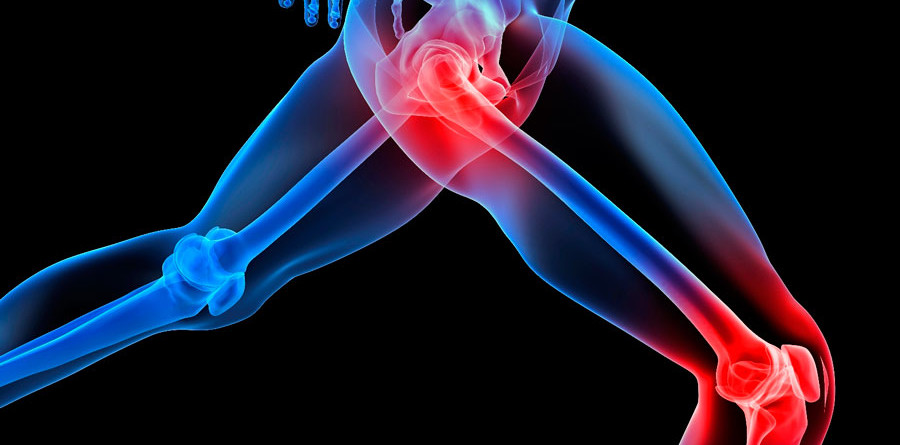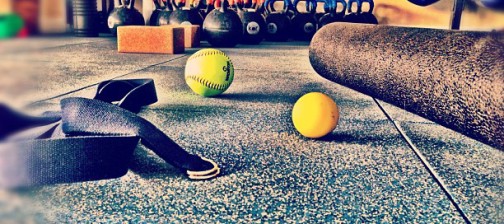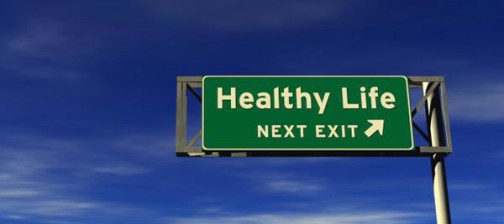Leg Pain – What Does it Mean?
By: Dr. Adrian Granite
Pain that is very often found amongst the CrossFit and running communities is leg pain. So many of my patients tell me that they stretch their hamstrings all the time and it doesn’t ever feel like it is getting better. This is because not all leg pain is the same. There are many different causes of it and due to this, the treatment varies.
We’ve all heard of sciatica, but what is it? It is a diagnosis based off of symptoms, but it doesn’t explain the cause of pain. Sciatica refers to pain shooting down the back of the leg that can go all the way to the foot. It can also be associated with numbness and tingling. The sciatic nerve is made up of the lower back nerves and any irritation of this can send symptoms into the leg. It is most commonly felt in the hamstring region and most people try to stretch this. My number one piece of advice to people experiencing sciatica is to not stretch the hamstrings. Nerves do not like to be stretched when they are irritated and constant stretching will result in symptoms not going away or possibly getting worse.
Another culprit of leg pain is the iliotibial (IT) band. This is a band of connective tissue that originates at the tensor fascia lata (TFL) muscle right above the hip socket. This type pain can be felt at the hip or radiating down to the outside of your knee. Many people try stretching or rolling the IT band. This often only creates minimal relief and the symptoms come right back. This is because the IT band may not be the problem, though this is where the pain is felt. Instead, try stretching and rolling out the hip adductors (groin muscles) and see how you feel.
The last muscle group that I would like to mention is the hip flexors, specifically the iliopsoas group. These start deep in the abdomen connecting the lower part of your spine, pelvis and femur. These muscles tend to get over worked on most people due to sitting for long periods of time. When they get irritated, they pull the spine and pelvis forward, resulting in low back pain, and the feeling that the hamstrings are very tight. This is an underlying problem in many people and it is very difficult to work on yourself due to it being attached to your spine.
Leg pain is very common amongst athletes and very often it is treated incorrectly. Finding the cause of the pain is the key in recovery. Frequently, the site of the pain is not where the pain is coming from . If having to roll out the same spot all day everyday hasn’t helped, then it most likely isn’t going to fix it.




